A donkey and an elephant uniquely represent two different political parties in the U.S. Yet, the symbols leave much undefined. Does a particular member agree to this or that principle? Can members of one party believe in the principles of the other? A single word can convey different meanings, to different people, at different times, and in different places.
Confusing Signs
Our children were born in Houston, Texas. Our daughter grew up announcing that her first car would be a pickup truck. Our son’s local pre-school teacher pronounced “bed” with two syllables. Both children used “y’all” like the pronoun that it is. They described their friends to each other by their shades of brown skin color. While our children learned Spanish in school, I learned the language to cover my Latin American territory.
But after a decade or so, we moved near Philadelphia, Pennsylvania. And our kid’s language changed rapidly. Individual nuances of skin tone disappeared; they described friends as either black or white. A sweet carbonated drink generically called a coke in Houston became a soda in Philly. Chorizo morphed from highly spiced Mexican ground pork to hard salami-like Spanish sausage. Language decoupled from our neighborhood and my new planet-wide territory meant one destination’s language rarely overlapped with another.
After I returned from yet another dizzying assortment of far-flung countries, our kids asked how I dealt with the many languages. The easy answer: everybody spoke English. Yet, that didn’t capture my experience. Everyone speaking English did not result in effortless international business.
On a drive around town, eager to give them a better answer, I pointed to a storefront banner advertising “STEAKS.” I asked them: what are those?
Imagination Fills in the Gaps
Dual language dictionaries give us a bridge to definitions for familiar words, but the ultimate shortcut is language itself. Our tongues are symbolic, with particular social groups agreeing that certain sounds (and markings) represent certain concepts. The same words in different surroundings convey different images. By definition, language is flexible.
A negotiator needs to remain aware of the ambiguousness of symbols if they seek to understand messages. Symbolism relies upon a common imagination to transmit an intended message. Words are a shortcut to defining a concept, which resides only in a speaker’s thoughts. And shortcuts leave much to the imagination.
Coming to Terms with Uncertainty
The symbolism of words achieves clarity only within narrow settings and for discrete items. We efficiently integrate the formula-like meanings of words in familiar situations. We only acknowledge ambiguity when discussions lurch out of the comfortable into unknown territory. Then vagueness moves to the forefront: we are uncertain; our attention focuses.
Uncertainty with a foreign language is an obvious example. Yet, it’s comparable to dealing with stressful topics in our native language, developing new relationships, or dealing with power positions. A negotiator always needs to be cautious and seek confirmation. Observe, listen, and think critically.
Focused Clarity by Resolving Context
Human speech is much more ambiguous than often realized, mainly because we are such good users of the tool. We overlook the ambiguity of words in everyday life. Intuitively, we seek common references, familiar contexts. We do this whenever we listen or talk, read or write. We naturally move thoughts from mind to mind, translating many times.
Communication using symbolism gains its effectiveness by using contextual clues. Conveying imagery is a social activity; people and their concepts live within a social setting. The context for negotiation is also a social environment. We deploy the tools for language equally in bargaining for family vacations and negotiating international trade agreements.
-- --- ·-· ··· · -·-· --- -·· ·
To the word “STEAKS,” our children answered instantaneously: a sandwich consisting of thinly sliced meat, cooked on a flat grill, served with cheese in a warm bun.
I said: but if you saw that sign in Houston, what would it be? Equally quickly, they answered: a thick slab of meat, cooked on a grate over a fire, perhaps with a potato and slathered with sauce.
In our family, our Philly definitions became even more tailored: quality meat, mushrooms instead of onions, Provolone instead of ‘spreadable’ cheese, and an Amoroso bun all defined a cheesesteak.
Over time, we also learned alternative definitions for subs and hoagies, delivered with good-natured ribbing by the cook at our favorite (Philly) steak shop. We were native code breakers.
Negotiators Find the Message between the Lines
Here then was the better answer to their question: recognizing the ambiguity inherent in what we hear and see, even in our native language. English versus Spanish is a wholly different and less foundational issue. Communication is successful when the central role of ambiguity is recognized. Negotiators excel by being aware of the context, listening reflectively, and contemplating the translations from one mind to another.
One word, so many meanings! https://youtu.be/dyMSSe7cOvA

